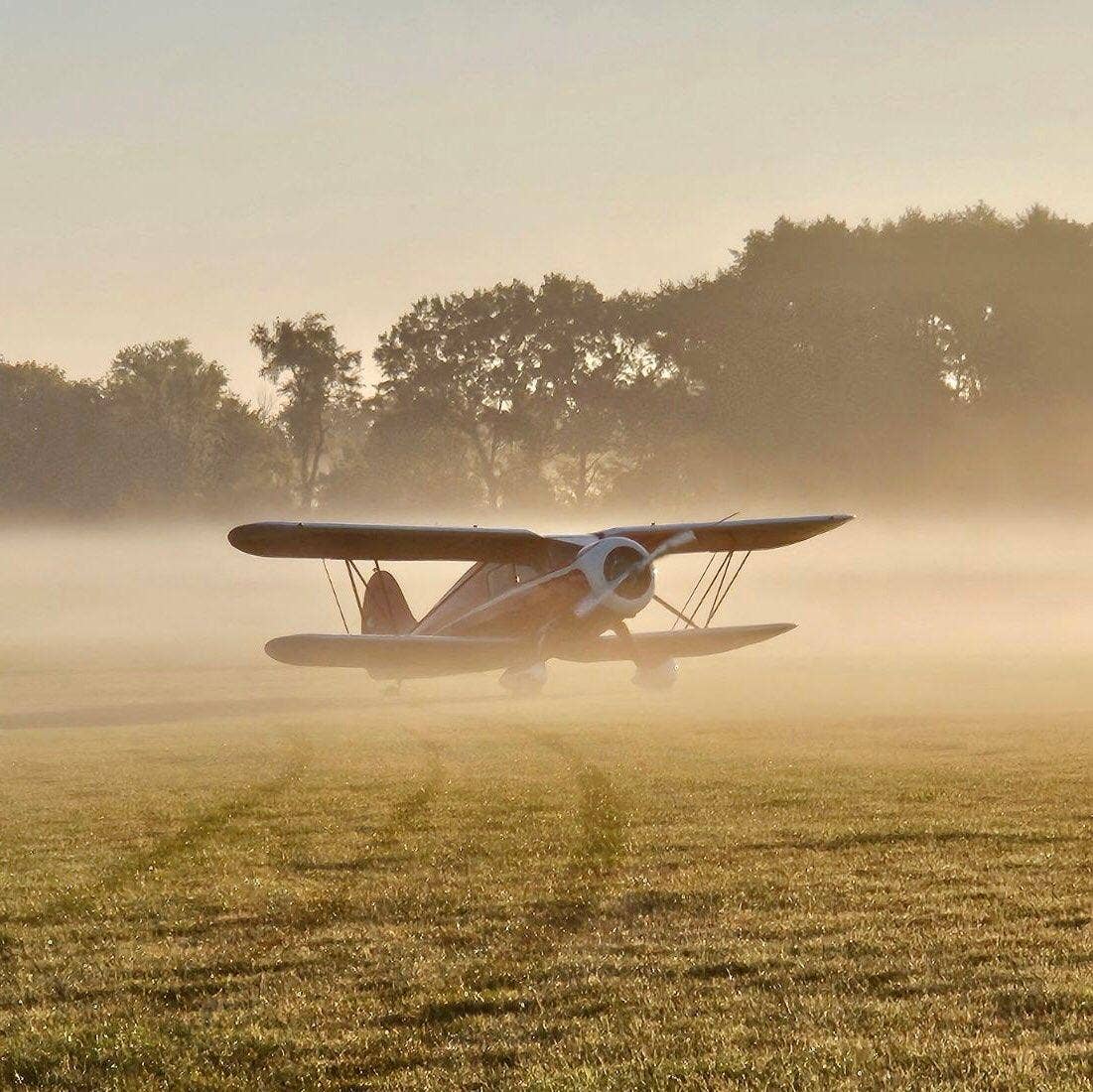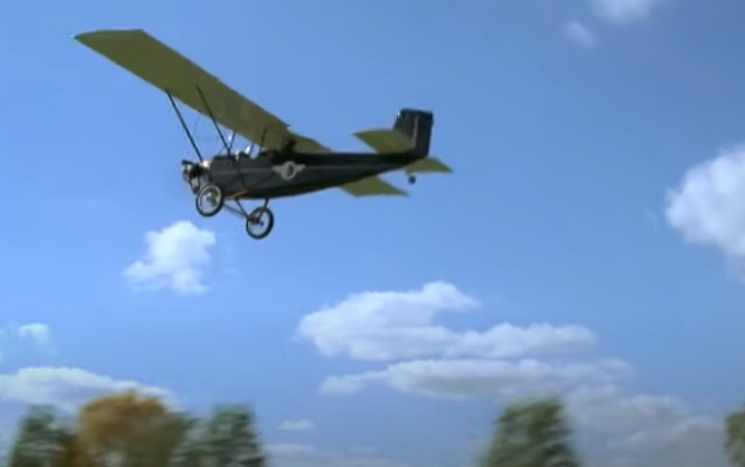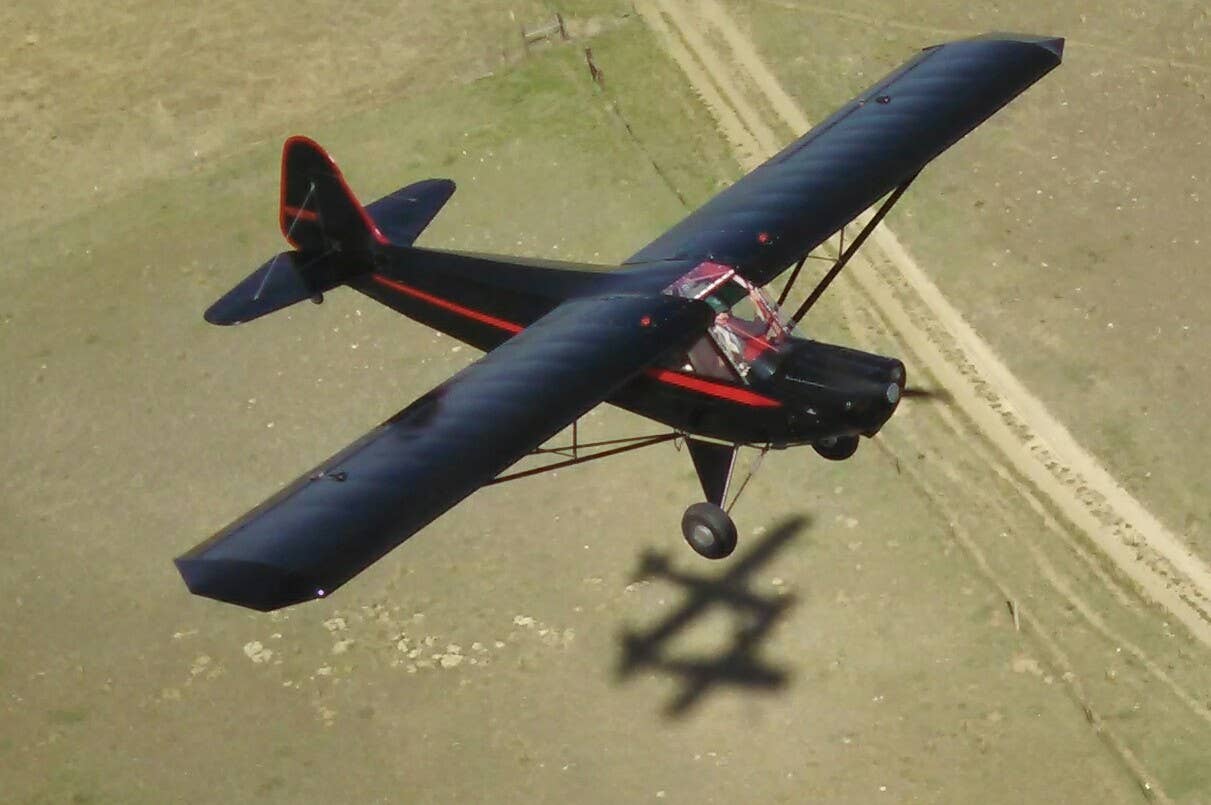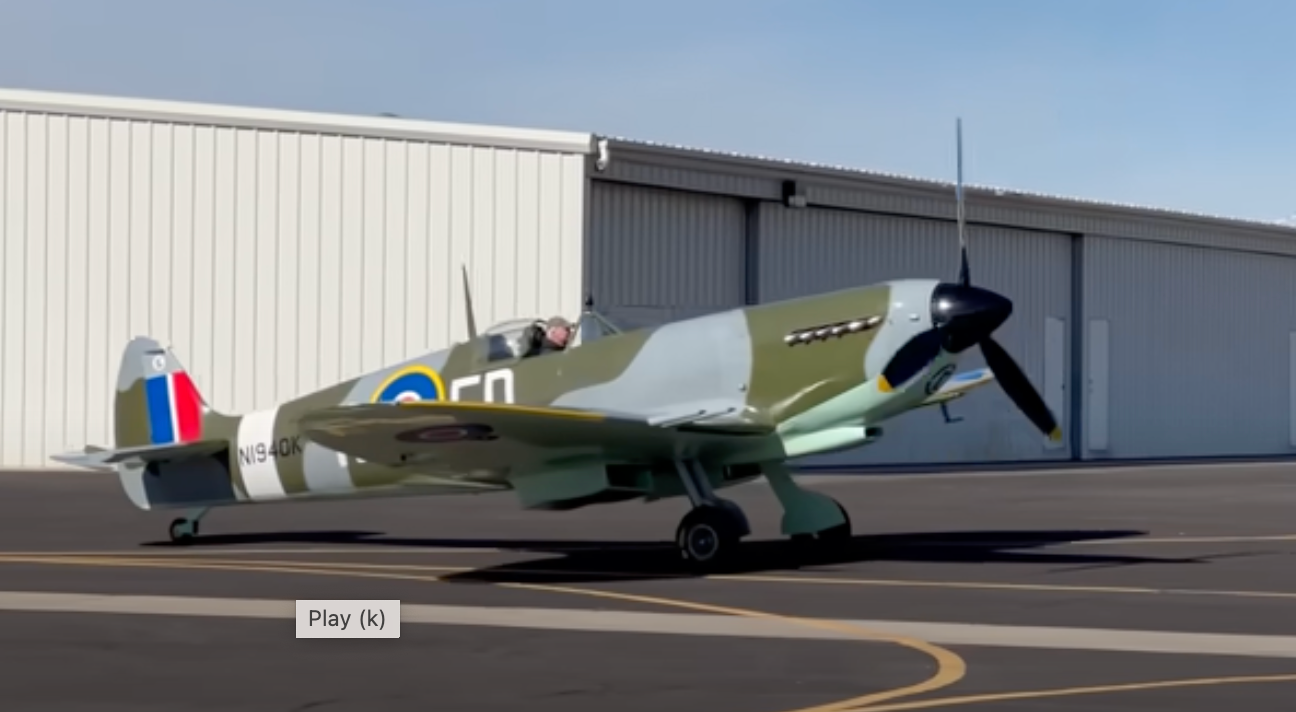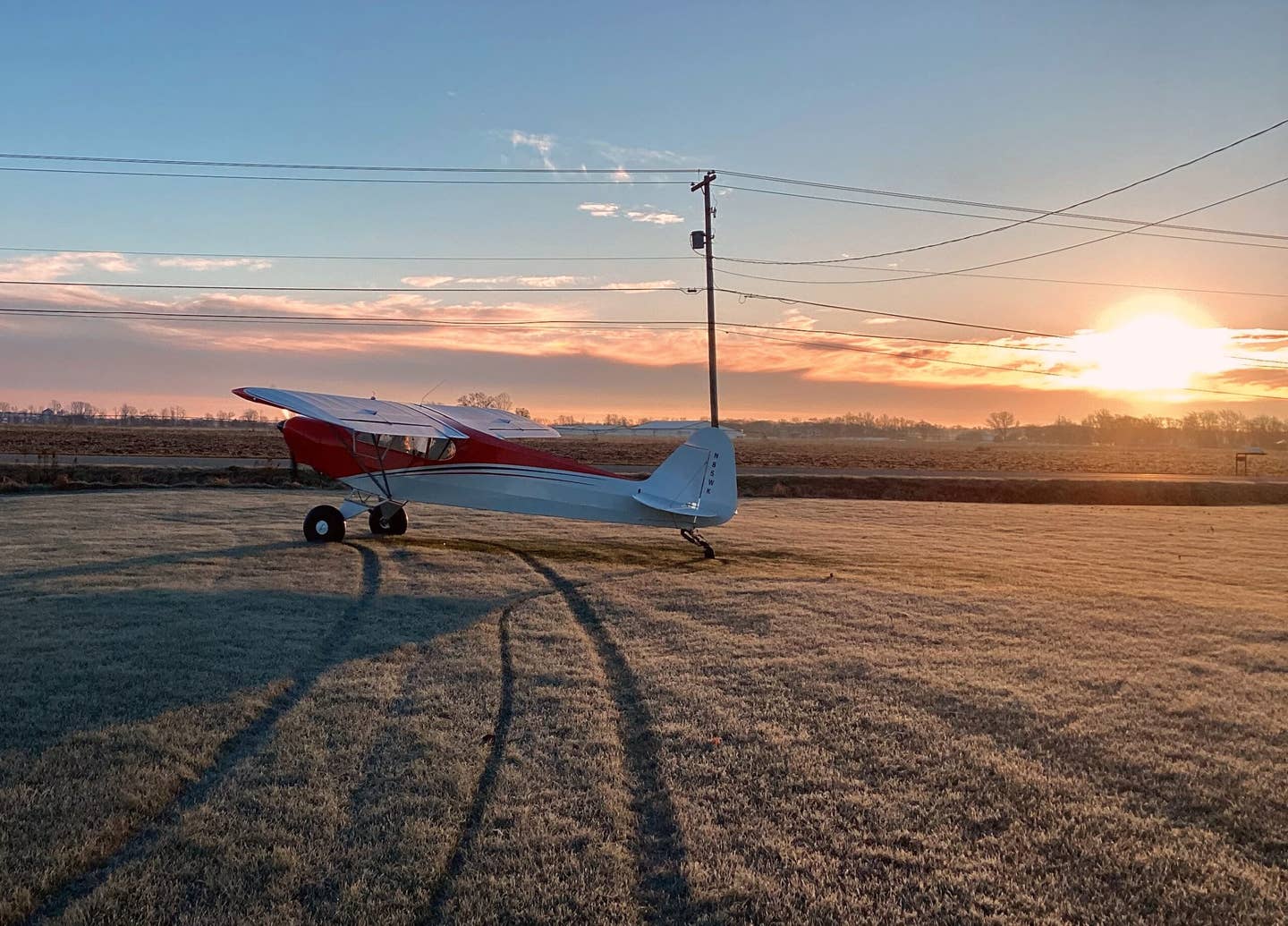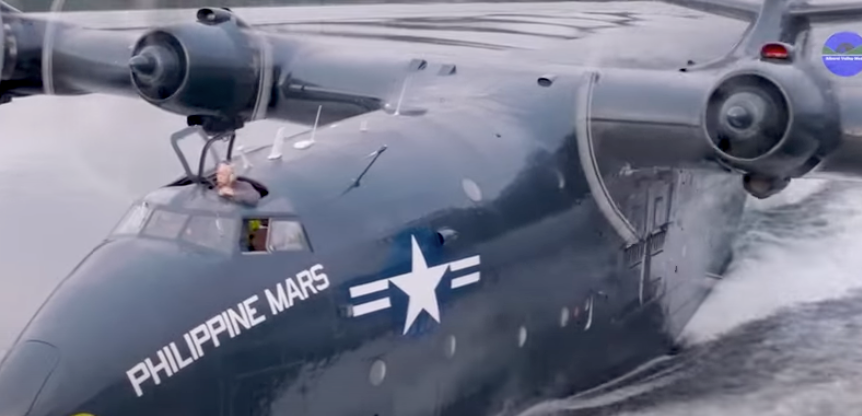Best Of The Web: Runway Turnback Reconsidered
The horrific crash of a Bonanza A36 in March due to a runway turnback attempt prompted AOPA Air Safety Institute to shoot this excellent video analyzing turnback results with four…
The horrific crash of a Bonanza A36 in March due to a runway turnback attempt prompted AOPA Air Safety Institute to shoot this excellent video analyzing turnback results with four different types of aircraft. Bottom line: The turnback is viable for smaller, lightly wing-loaded aircraft flown by a proficient and prepared pilot. It's unlikely—probably impossible—to pull off with a heavier, faster airplane like the Bonanza tested in the video.
ASI explains the methodology used to test the turnback concept and worth noting is that of the four airplanes used—a Cessna 172, a Piper Super Cub, a Van's RV-4 and a Bonanza—the attempts succeeded more than they failed (8 out 12), once again blowing a hole in the myth of the impossible turn. But that doesn't mean that every pilot should consider a turnback as an automatic response to an engine out after takeoff. It's not that simple. The proficiency part of the equation shouldn't be discounted and like everything else, having trained on this maneuver will improve the odds of a successful outcome.
If I had anything to add, it would be this: The traditional technique of building in a three-second delay to simulate startle factor strikes me as negative transference that should be trained out, not in. In other words, on every takeoff, assume the engine will quit and you'll have to respond instantly. On every takeoff, this is the last thing I tell myself before I roll the throttle forward. Then when it doesn't, I've cheated death again. This decision making is independent of the turnback consideration.
If the engine does well and truly quit, you'll be at high angle of attack, high drag and low speed. A stall will be imminent. Regardless of what you think of the turnback or whether you'll try it, you won't be in the game long enough to decide unless you push the nose over and rather vigorously. With the angle of attack tamped down, you can then do the analysis and turn back or not. Based on what I know about what's off the end of the runway, I try to make this decision before takeoff.
ASI's video should leave us all with this vivid, lifesaving impression: In lighter and slower aircraft with good glide ratios, maybe. In heavy and fast singles, fuggedaboutit.

